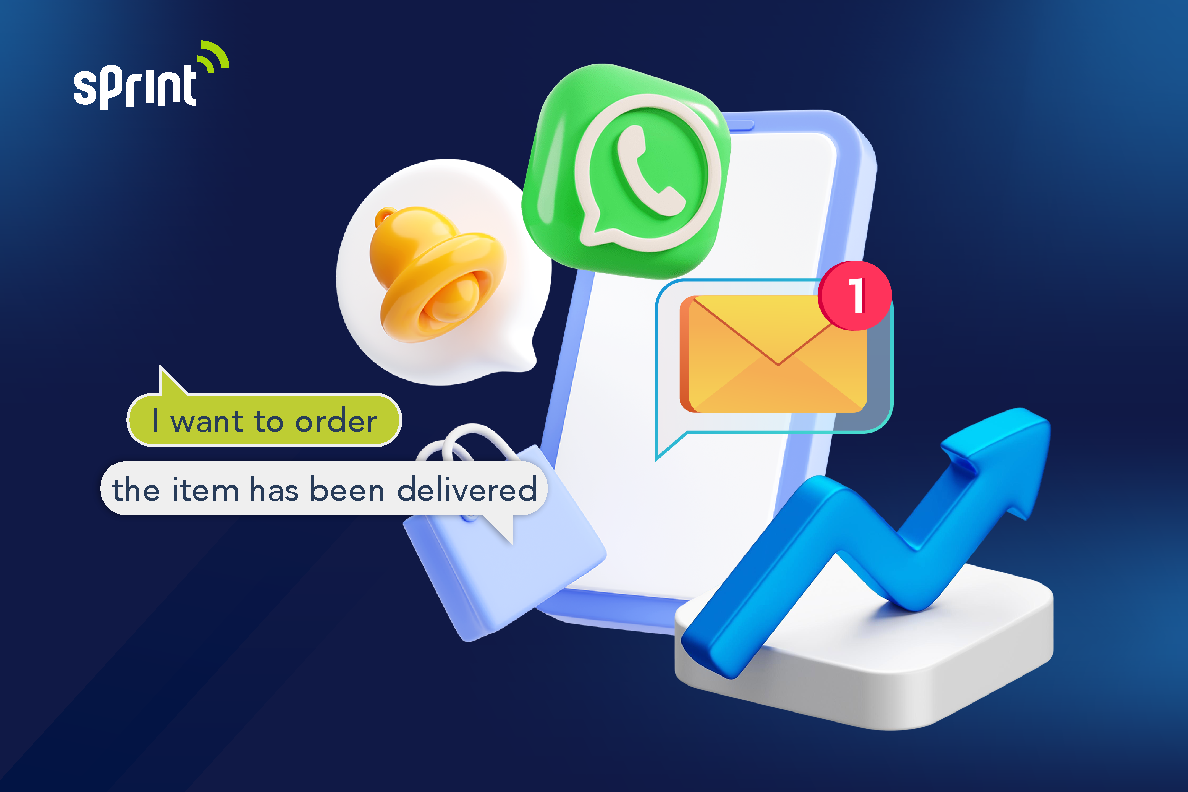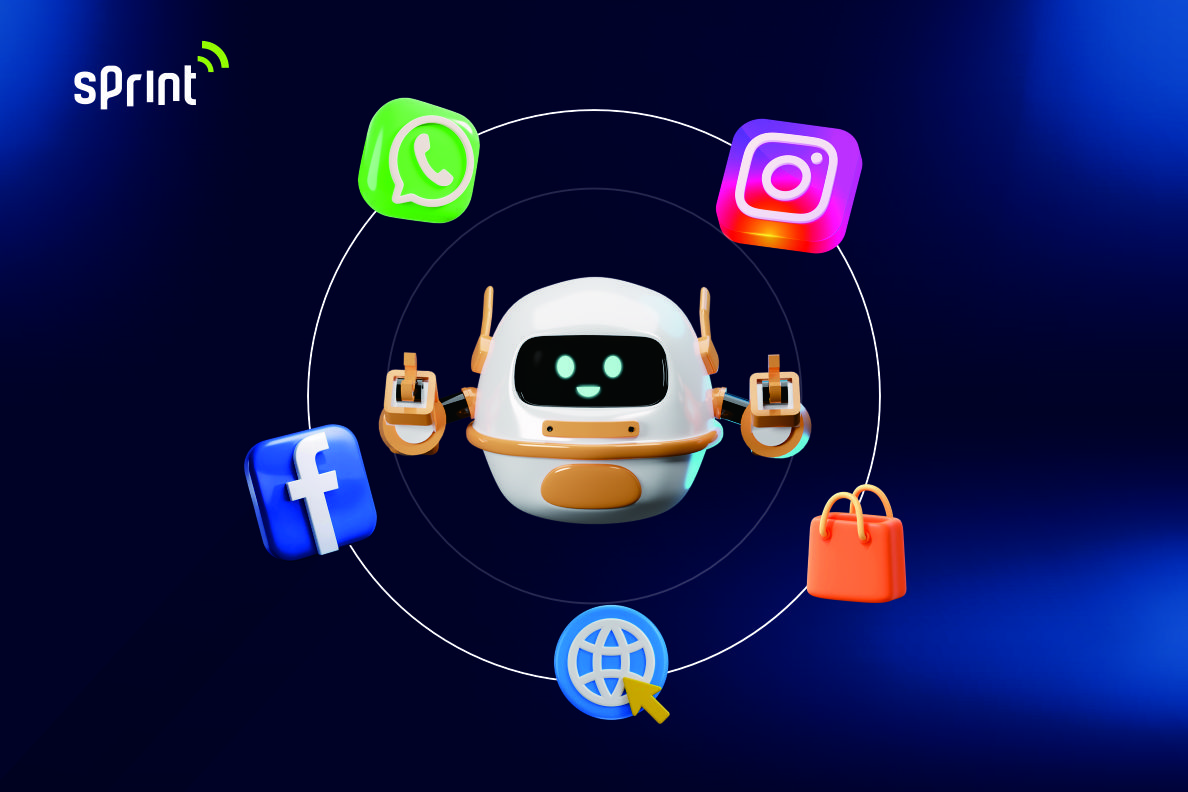Omnichannel: Definition, Types, and Benefits for Your Business

As technology evolves, businesses must continue to adapt to the market. Omnichannel allows your business to more effectively reach and interact with customers through various channels. As many as 61% of companies have implemented an omnichannel strategy to expand the reach of their channels.
This article will explain what omnichannel is, how it differs from multichannel, the types of omnichannel implementation, and the benefits your business can gain.
What is Omnichannel?
Omnichannel is a business approach that integrates various channels of communication and customer interaction into a unified whole. The goal is to provide customers with a seamless and integrated experience when they interact through social media, email, apps, or physical stores. By integrating all communication and interaction channels, businesses can provide customers a consistent and integrated experience.
Difference between Omnichannel and Multichannel
Although often considered similar, omnichannel and multichannel have significant differences. In a multichannel ecosystem, users have access to various communication options but are not synchronized. Each channel your business uses will only operate independently, so customers may have to repeat information when moving from one channel to another.
Whereas omnichannel offers more than just multiple channels, where all the channels are connected and integrated. This allows customers to move between channels seamlessly and without having to repeat information.
With omnichannel, customer data and interaction history are available on every channel, creating a more consistent and personalized experience. This not only increases customer satisfaction but also improves business operational efficiency.
Types of Channels in Omnichannel
- Social media
Platforms like Instagram, TikTok, Facebook, and others play an important role in interacting with customers directly. - Customer service
In the digital age, call centers remain a vital channel. Recording and evaluating conversations with customers helps improve service consistently. - E-commerce
Through a website or app, customers can seamlessly browse and purchase products. E-commerce integration enables a seamless shopping experience across multiple channels.
Benefits of Omnichannel
Implementing an omnichannel approach in your marketing, sales, and support strategy will provide a variety of benefits. Here are some of them:
- Improved customer experience
Enhanced customer experience is one of the key benefits of an omnichannel approach. By integrating various communication channels, businesses can provide a more seamless and enjoyable experience for customers. - Improves customer retention
Omnichannel allows businesses to track customer preferences and purchase history, thus providing more personalized and relevant services. Satisfied customers tend to be more loyal and make frequent repeat purchases. - Increase profits
Satisfied customers are more likely to make repeat purchases and recommend the business to others. In addition, improved operational efficiency through channel integration can also reduce operating costs and increase profit margins. - Improve team productivity and performance
With the integration of all communication channels, you can quickly respond to and handle issues that arise from multiple channels, reducing the time it takes to resolve issues
Omnichannel implementation is an important step to stay competitive in an increasingly digital and connected business environment. Start your path to superior customer service by using Sandeza. Schedule a demo now here.




